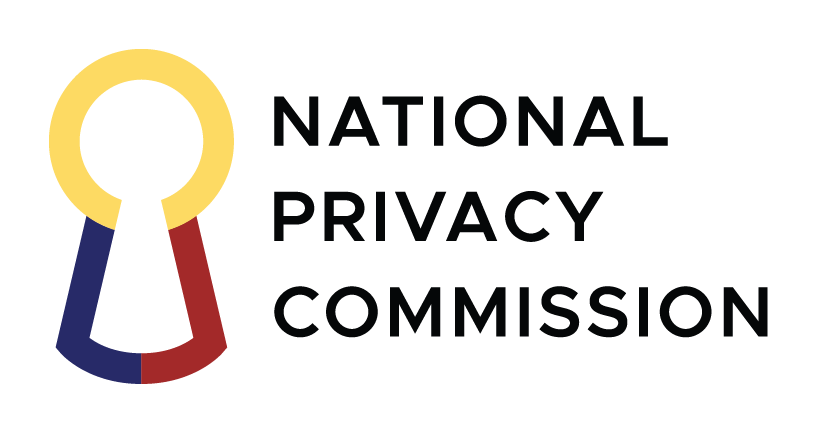Historians believe the Philippines dates back to the Paleolithic age. Based on the archeological artifacts recovered, Filipino society and culture were fairly developed prior to contacts with other countries. Filipinos had commercial relations early on with China, Indo-China, Malaysia, India, and the Arab countries. Chinese silk, porcelain, jars, gold, ivory, and beads were traded for wax, bird's nest, teakwood, rattan, pearls, precious stones, and other marine and forest products.
Ferdinand Magellan came to the Philippines on March 16, 1521 and claimed the country for the Spanish Crown. A colonial government was established in Manila in 1571. Spain introduced changes in the political, social, and cultural life of the people. One of these is Christianity. In 1896, the Filipinos staged the first nationalistic revolution in Asia against the Spaniards. The 1896 Revolution was the culmination of a succession of revolts against Spanish oppression. The death by musketry of Dr. Jose Rizal, who led the reform movement, fueled the fires of revolution.
On June 12, 1898, leaders of the revolution declared the country's sovereign state and proclaimed the first Republic of the Philippines, the first constitutional democracy in Asia. Meanwhile, Spain declared war against the United States over Cuba and was defeated. As an offshoot, the Philippines was ceded to America by Spain through the Treaty of Paris.
Under American rule, agriculture, commerce, and trade developed. Among the changes they introduced were: the modernization of transportation and communication, the improvement of banking and currency, and a system of public education.
At the outbreak of the Second World War, Japan occupied the country. In 1945, the Americans under MacArthur liberated the country and granted it independence in 1946.
The Republic of the Philippines was proclaimed on July 4, 1946, with Manuel Roxas as President. Massive rehabilitation and rebuilding out of the devastation brought about by the war was started. In 1972, Martial Law was declared by then President Ferdinand Marcos. Political repression and economic deterioration during the Martial Law Years resulted in the historic "People Power" Revolution of February 25, 1986. This led to the proclamation of Corazon C. Aquino as President of the Philippines.
President Aquino restored the democratic institutions in the country. A Constitution, ratified on February 2, 1987, provided for a tripartite system: the Executive, the Legislative, and the Judiciary. This was the type of government before Marcos declared Martial Law and adopted a modified parliamentary government. Aquino also restored the freedoms of speech, press, and of assembly.
On June 30, 1992, Fidel V. Ramos became the 12th President of the Philippine Republic. President Ramos, a hero of the 1986 EDSA uprising, anchored his government on twin themes of "people empowerment" and "global excellence" as the engines of economic growth and social equity.
On the 100th anniversary year of the Proclamation of Philippine Independence, Joseph Ejercito Estrada became the 13th President of the Philippines.
On 20 January 2001, Gloria Macapagal-Arroyo, through another popular uprising called "People Power 2", unseated then President Joseph Ejercito Estrada. The daughter of former President Diosdado Macapagal, President Arroyo's vision of a "Strong Republic" is governed on four pillars: poverty alleviation, good governance, new politics of party programs and leadership by example.

